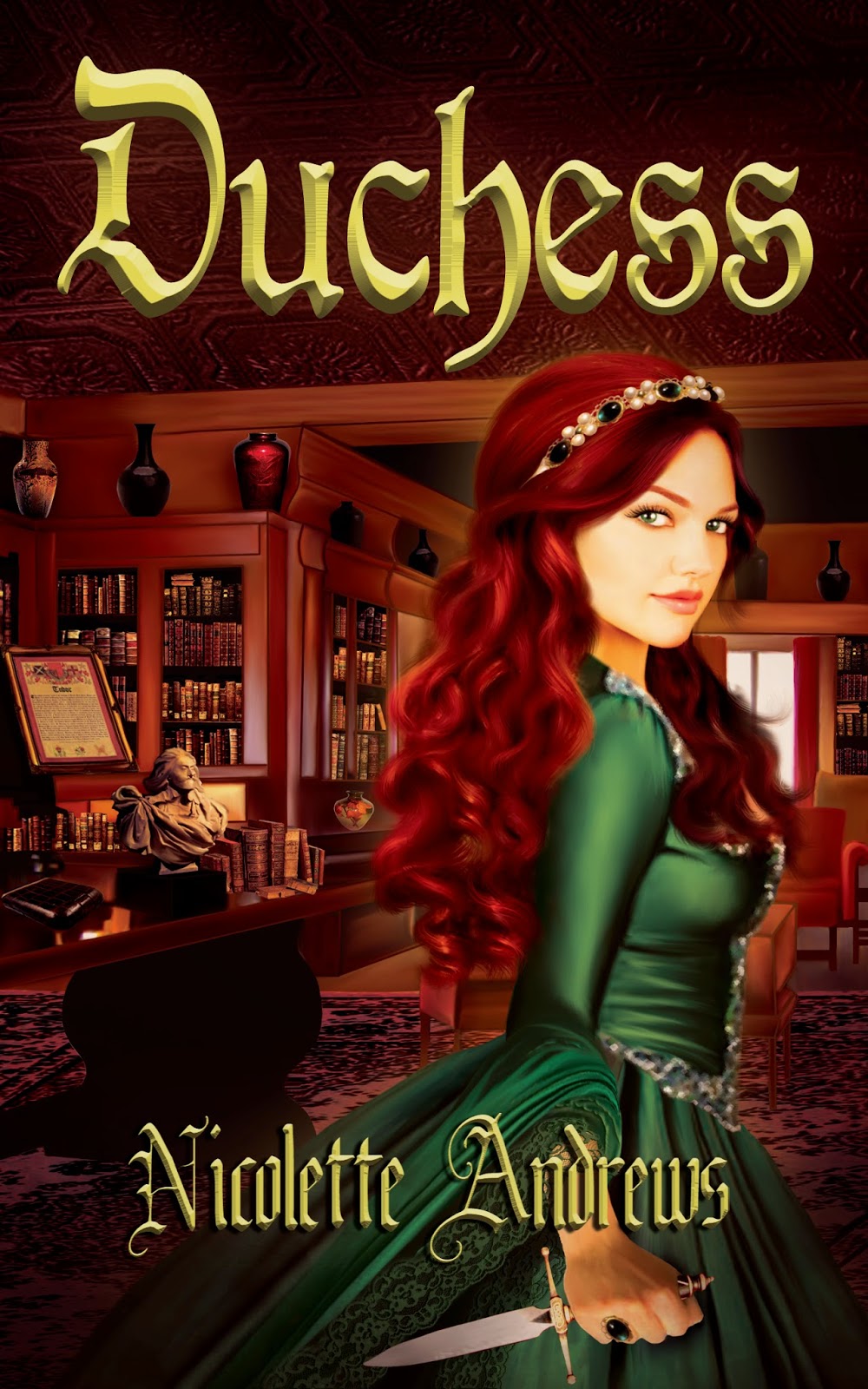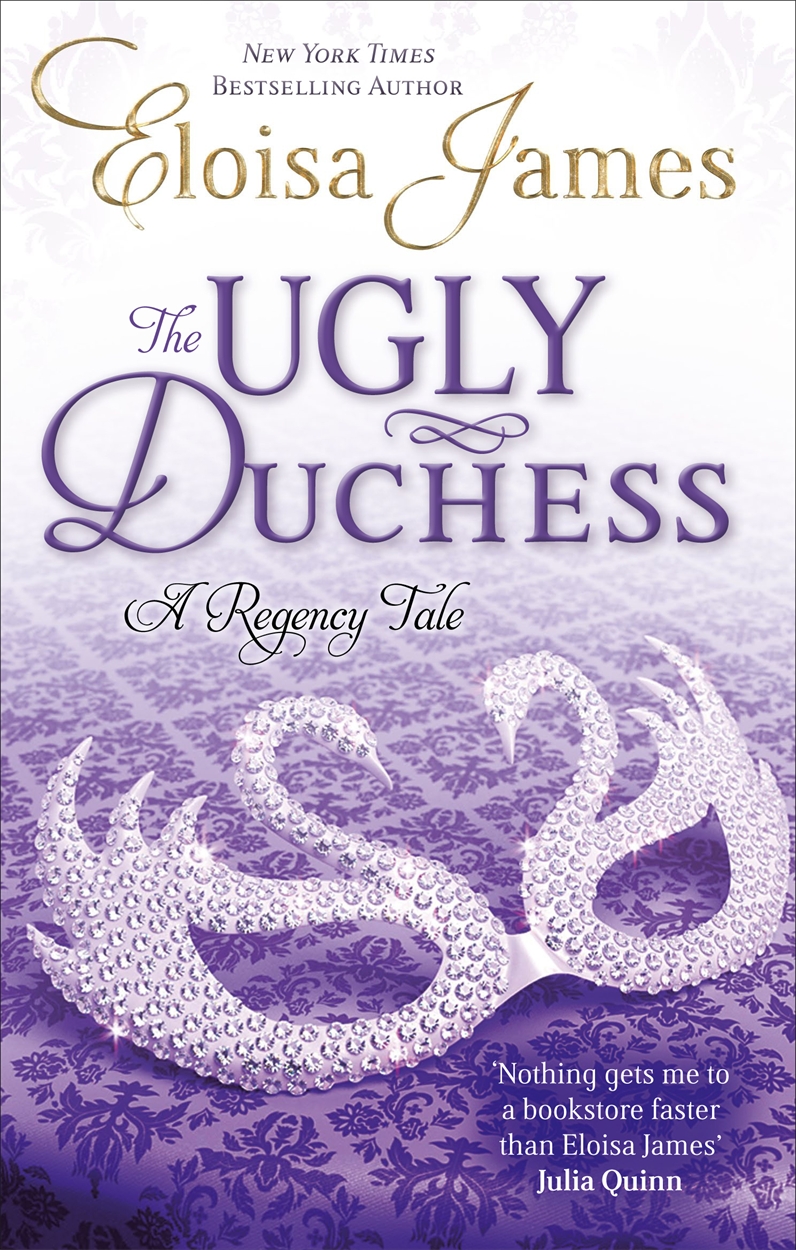

The essay is written from the viewpoint of a woman named “Folly” who talks about a variety of subjects like religion, marriage, and various types of relationships, among many other human traits and endeavors, however, it does so in a ridiculing manner pointing to various ideas of falsity and pretense in society.Ī Grotesque Head (1502) by Leonardo da Vinci Internet Archive Book Images, Public domain, via Wikimedia Commons

The Ugly Duchess by Quinten Massys has been widely attributed to two dominant sources of possible inspiration, namely In Praise of Folly (1511) by the Dutch Desiderius Erasmus, which was an essay satirizing the burgeoning cultural landscape during the Renaissance period, which had three important drivers moving society, namely Protestant Reformation, the Catholic Church, as well as the Humanist ideologies. The National Gallery, London, United KingdomĬontextual Analysis: A Brief Socio-Historical Overview ArtistĬonsists of two paintings the other painting is Portrait of an Old Man (c.1517), which is housed at the Musée Jacquemart-André in Paris, France. Before we look at the subject matter and the artist’s style in a formal analysis, we will provide a brief contextual analysis of the social and historical aspects and what inspired this unique depiction of an old woman. In the article below we will discuss The Ugly Duchess analysis, which was painted by Quinten Massys. Portrait of Quinten Massijs (1572) by Johannes Wierix Attributed to Johannes Wierix, Public domain, via Wikimedia Commons

Some of his paintings include The Money Changer and His Wife (1514), The Crucifixion (c.

His art style included portrait and genre paintings, including religious subject matter, with possible influence from both the Northern and Italian Renaissance art styles. There are no extensive details about his early life or exact date of birth, but he has been known as one of the significant artists from the Antwerp School as well became a member of the Guild of Saint Luke, reportedly in 1491. Quinten or Quentin Massys (whose surname is also sometimes spelled Matsys or Metsys) was a Flemish artist his birth years are dated for 1466 to 1530 and he was believed to have been born in the city of Leuven in Belgium and died in Antwerp, Belgium.


 0 kommentar(er)
0 kommentar(er)
